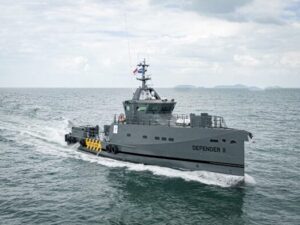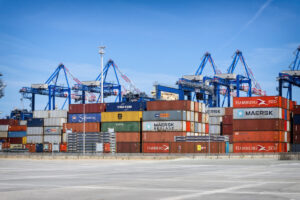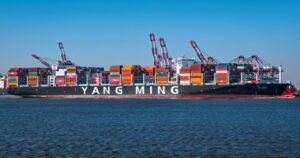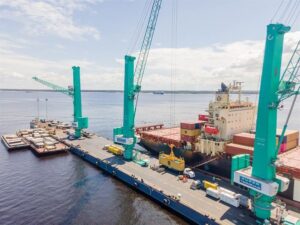A.P Moller-Maersk has posted a 44% fall in Q3 net profits, down to US$438 million, well below analysts expectation in the region of $490 million.
The world’s largest shipping line has continued to struggle with low freight rates caused by industry oversupply, despite the collapse of Hanjin giving some short-term relief.
Søren Skou, CEO of Maersk Group said: “The result is unsatisfactory, but driven by low prices…We generally perform strongly on cost and volume across businesses,
“We grew more than the market and gained some market share in the third quarter.”
The pain for shipping lines may not continue for too much longer, however. The recent merger and alliance-building activity, such as that between K-Line, MOL and NYK will provide the consolidation needed to tackle overcapacity. This move was welcomed by Maersk, with Mikkel Elbek Linnet, a spokesman for Maersk Line, telling Bloomberg: “We welcome consolidation… Our industry is fragmented and consolidation can help transform our business for the benefit of our customers.”
Freight rates have already responded, showing a 5.5% quarter-on-quarter rise for the first time since Q3 2014.
The announcement that Maersk will split its transport and logistics business away from its energy division is also aimed at improving the profitability of both.
Of the split, Skou said: “The implementation of the new strategic direction and the restructuring of the Group is progressing, and we look forward to sharing further details at the Capital Markets Day on 13th of December.”








